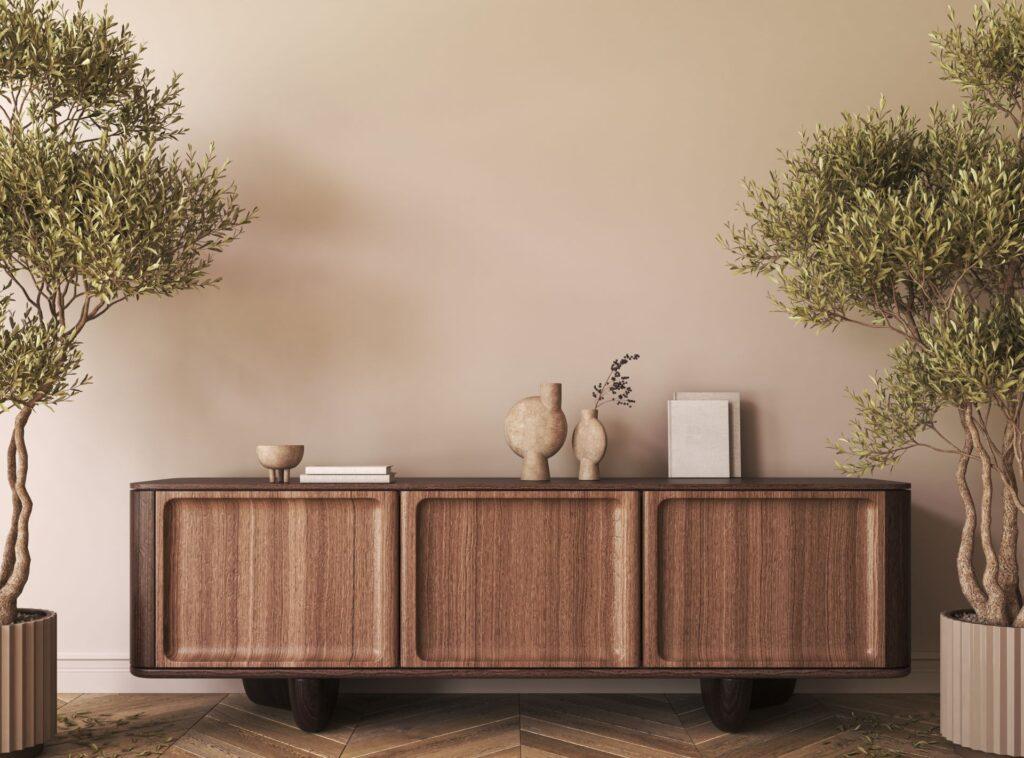Scandinavian living style has become increasingly popular in recent years, thanks to its simple, clean, and functional approach to design. This style is characterized by a minimalistic and timeless aesthetic that focuses on comfort and practicality. In this essay, we will explore the key elements of Scandinavian living and provide tips on how to incorporate them into your home.
Light and Airy Color Palettes
One of the most distinctive elements of Scandinavian living is the use of light and airy color palettes. This design style emphasizes natural light and neutral color tones, which create a calming and soothing atmosphere. The use of white, gray, and beige shades can make a space look brighter, more spacious, and more inviting. To incorporate this element into your home, consider painting your walls in a light neutral color, or adding neutral-colored accents to your décor.
Minimalist Furniture
Another key element of Scandinavian living is minimalist furniture. This design style focuses on functional and streamlined pieces that are comfortable, durable, and timeless. Scandinavian furniture is often made from natural materials such as wood, leather, or linen, and features clean lines and simple shapes. To incorporate this element into your home, consider investing in a few key pieces of furniture, such as a wooden dining table or a leather sofa, that are both practical and stylish.
Natural Materials
Scandinavian living also places great emphasis on natural materials. Wood, leather, wool, and linen are common materials used in Scandinavian design, and they create a warm and inviting atmosphere. Natural materials are not only aesthetically pleasing but also environmentally friendly and sustainable. To incorporate this element into your home, consider adding natural materials to your décor, such as a woolen throw or a wooden side table.
Scrap and Dark Wood
Scandinavian living style also incorporates scrap and dark wood. The use of dark wood adds depth and warmth to the living space. The use of scrap wood and burnt wood cladding adds a rustic touch to the living space. Consider adding a scrap wood coffee table or a burn wood cladding accent wall to create a cozy and inviting atmosphere in your home.
Cozy Textures
Finally, another key element of Scandinavian living is the use of cozy textures. This design style emphasizes comfort and coziness, and incorporates soft textures such as wool, fur, and knitted fabrics. These textures add warmth and comfort to the living space and make it more inviting. To incorporate this element into your home, consider adding a knitted blanket or a faux fur rug to your décor.
In conclusion: Scandinavian living style is popular for its minimalistic, functional, and cozy approach to design. By incorporating elements such as light and airy color palettes, minimalist furniture, natural materials, scrap and dark wood, and cozy textures into your home, you can create a warm, inviting, and practical living space that reflects your personal style.
Picture credits:
Виктория Ковальчук – stock.adobe.com

